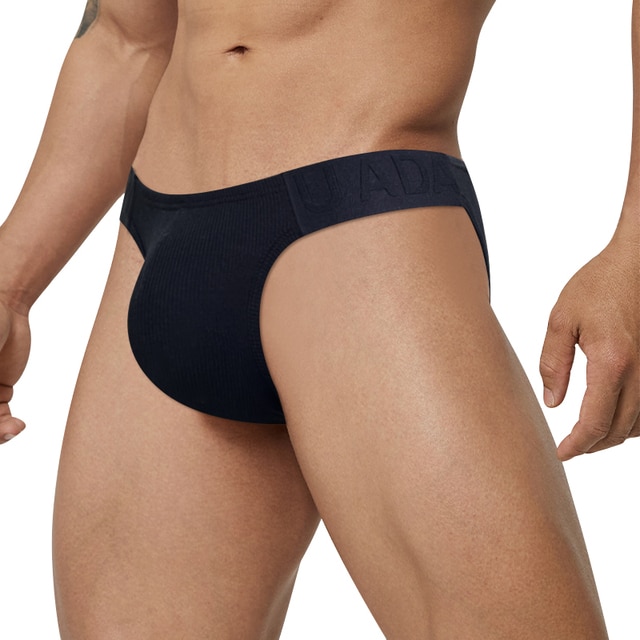
Intimate, often associated with women’s undergarments, has a fascinating history that spans centuries and transcends gender boundaries. While it’s origins lie in the realm of women’s fashion, a lesser-known facet of this history is the evolution of men’s intimate. Join us on a journey through time as we uncover the intriguing history of men’s lingerie, exploring how it has evolved, challenged norms, and redefined perceptions of fashion and masculinity.
1. Ancient Beginnings: The concept of undergarments dates back to ancient civilizations, where both men and women wore simple loincloths for practical reasons. These early forms of undergarments evolved over time to accommodate changing fashion trends and societal norms.
2. Renaissance Refinements: During the Renaissance era, men’s fashion witnessed intricate changes, leading to the emergence of padded codpieces. These ornamental additions were not only for aesthetics but also for practical purposes, symbolizing virility and status.
3. 18th-Century Elegance: In the 18th century, men’s fashion embraced luxurious fabrics and refined tailoring. Men wore drawers and knee-length undergarments that offered comfort and modesty beneath their ornate attire.
4. Victorian Virtues: The Victorian era saw men’s undergarments take on a more practical and functional role. Long underwear and undershirts became staples for warmth and protection, reflecting the conservative values of the time.
5. Early 20th Century: As fashion evolved in the early 20th century, men’s undergarments began to prioritize comfort and functionality. Briefs were introduced, offering a snug fit and support, while undershirts became commonplace for daily wear.
6. Mid-20th Century Revolution: The mid-20th century witnessed a revolution in dudes intiamte with the introduction of the bikini brief. This style marked a departure from the traditional, signaling a shift toward embracing bold designs and vibrant colors.
7. Exploration of Sensuality: As societal attitudes evolved, the late 20th century saw an exploration of sensuality and self-expression. Designers began creating men’s lingerie that incorporated lace, silk, and other luxurious materials.
8. Contemporary Expression: In recent decades, this has become a symbol of self-expression, breaking free from traditional norms. Brands have embraced a wide range of styles, from comfortable basics to more provocative designs that cater to diverse preferences.
9. Redefining Masculinity: The history of men’s lingerie has played a role in redefining masculinity and challenging stereotypes. Men now have the freedom to embrace styles that celebrate their sensuality, confidence, and personal preferences.
10. Empowerment Through Choice: Today, this is a reflection of personal empowerment and choice. It’s a testament to the fact that fashion knows no boundaries, and everyone has the right to explore and embrace styles that resonate with their identity.
Conclusion: The history of men’s lingerie is a journey that showcases the evolution of fashion, societal norms, and perceptions of masculinity. From ancient loincloths to contemporary styles that celebrate sensuality, this has come a long way. It serves as a reminder that fashion is a dynamic force that continues to evolve, challenge, and empower individuals to express themselves authentically.


